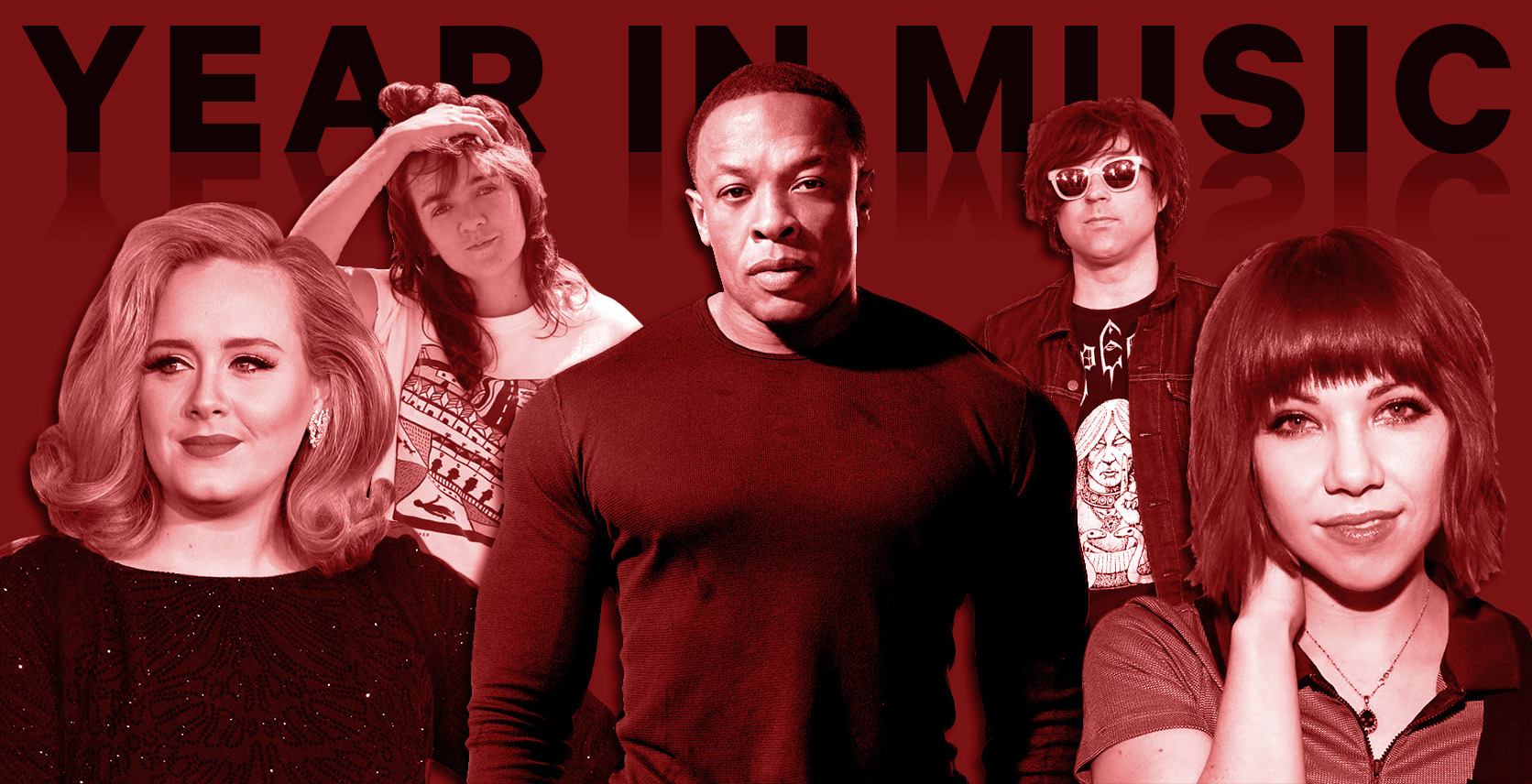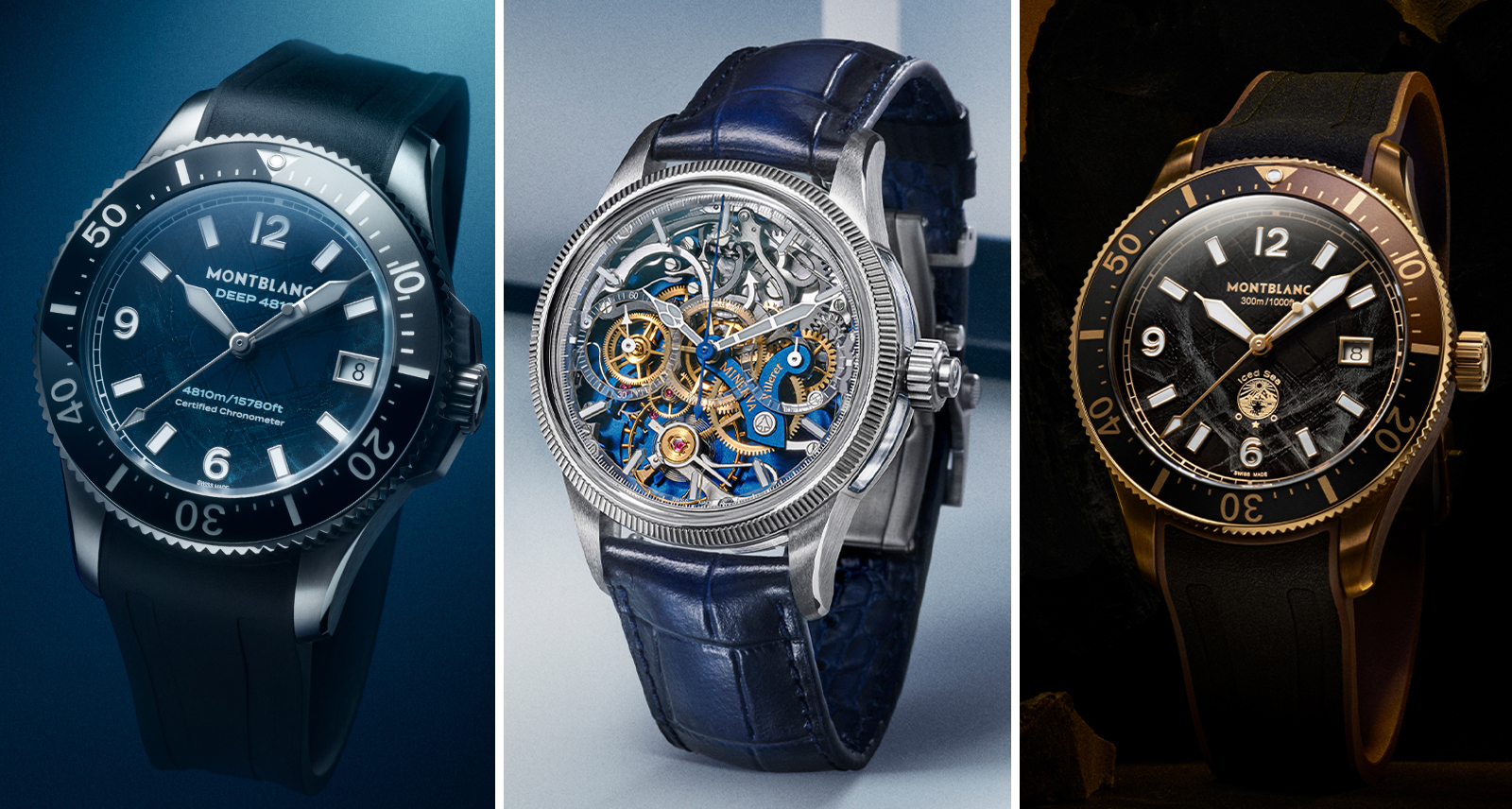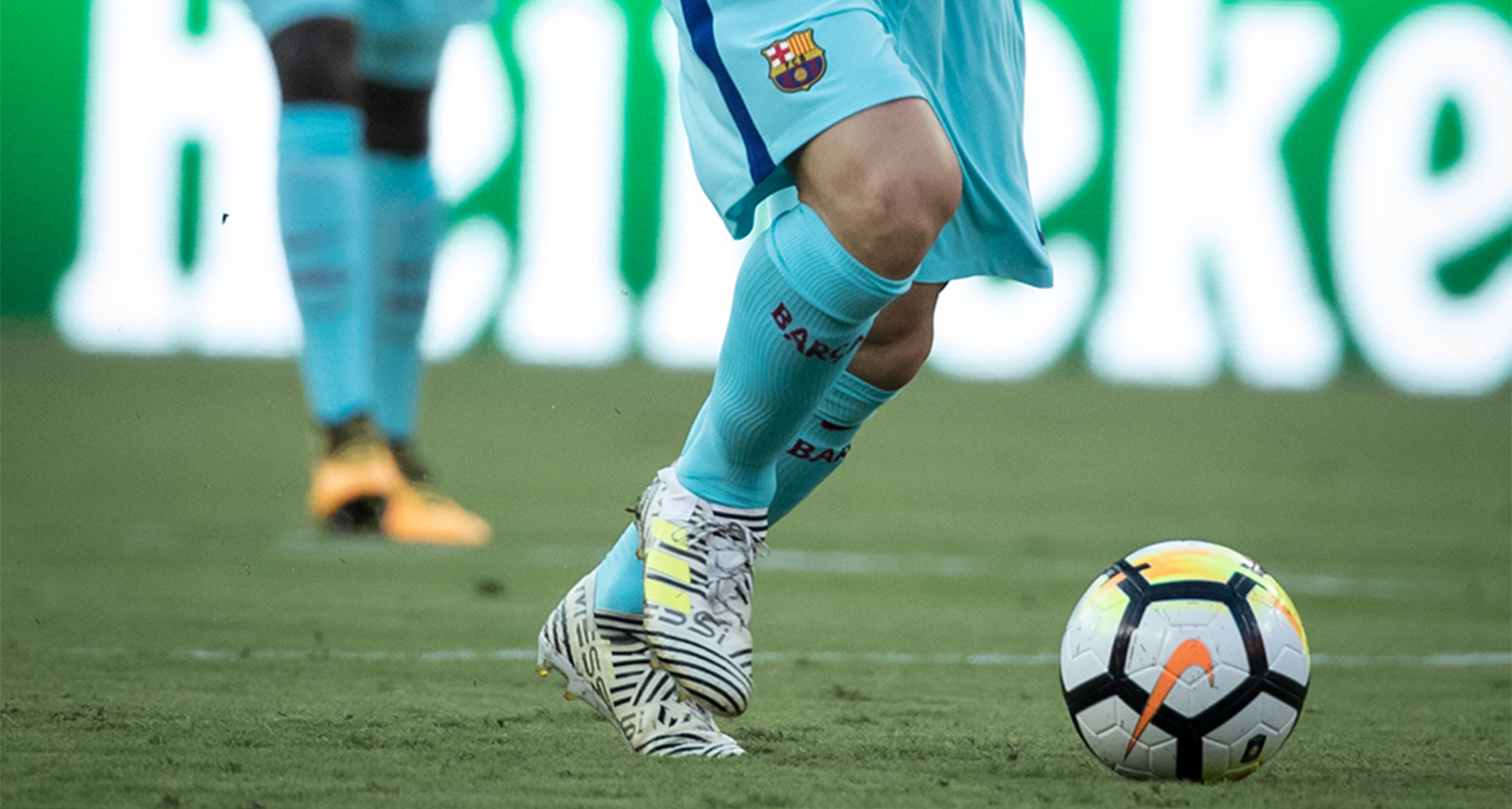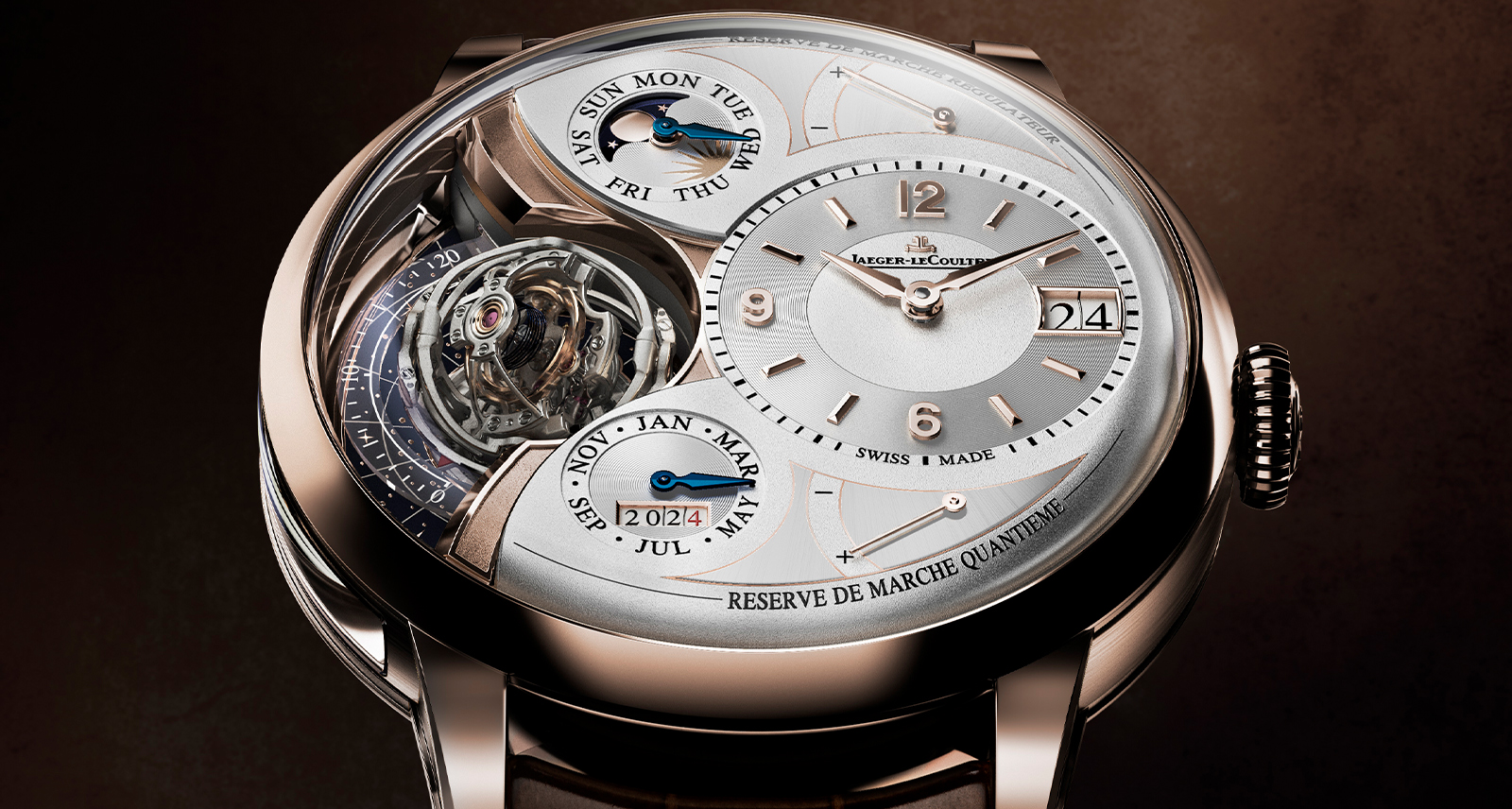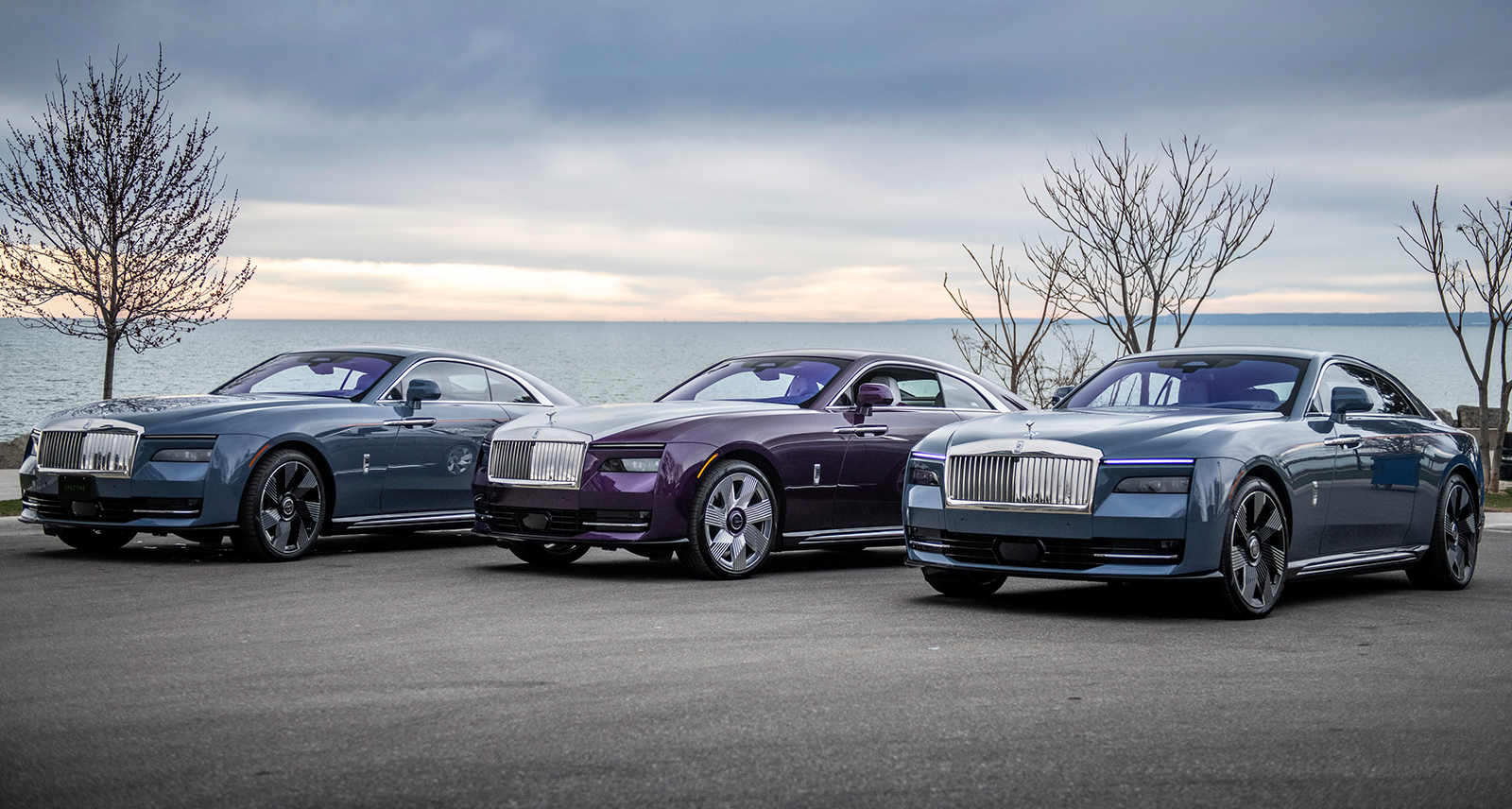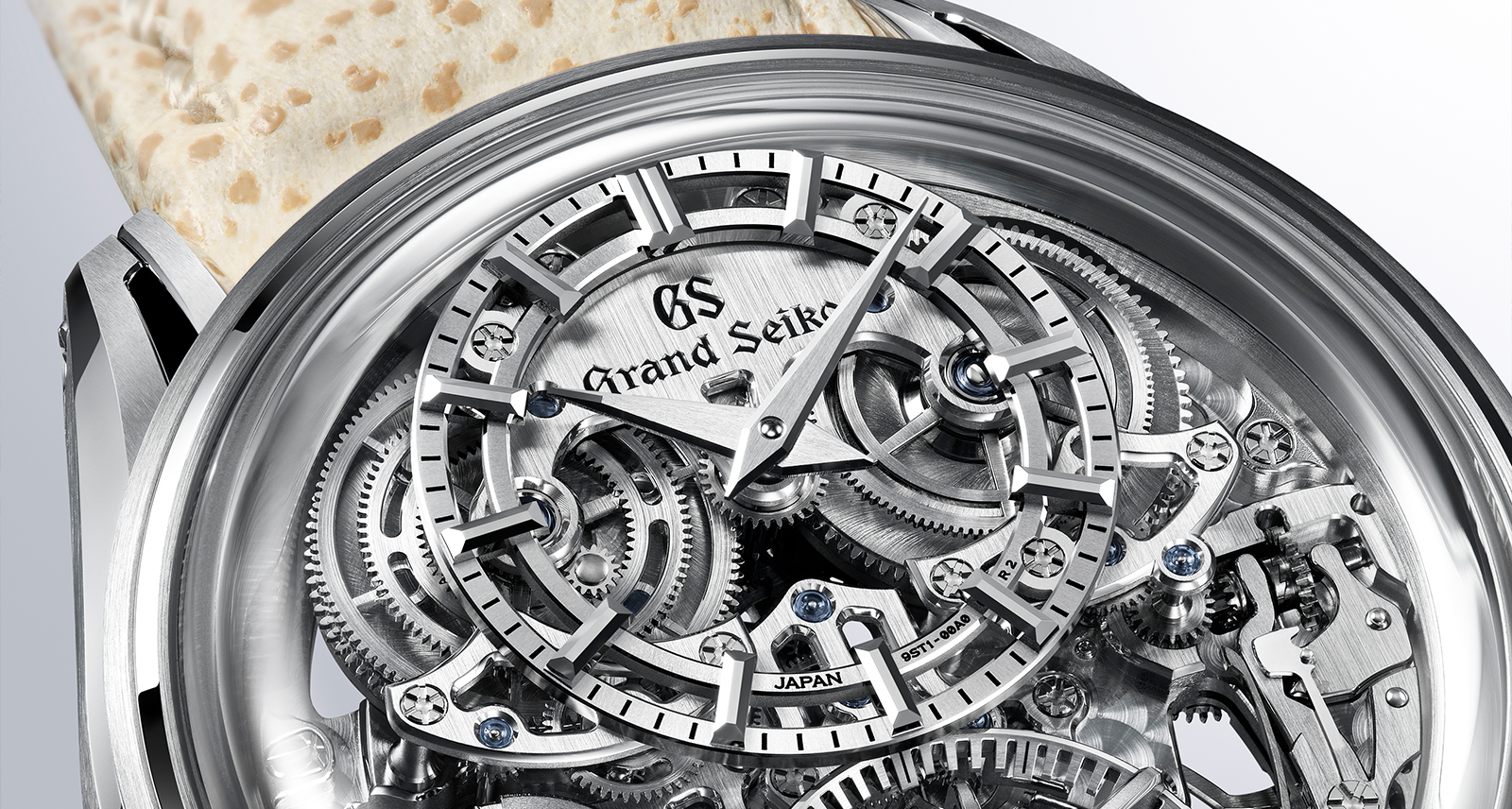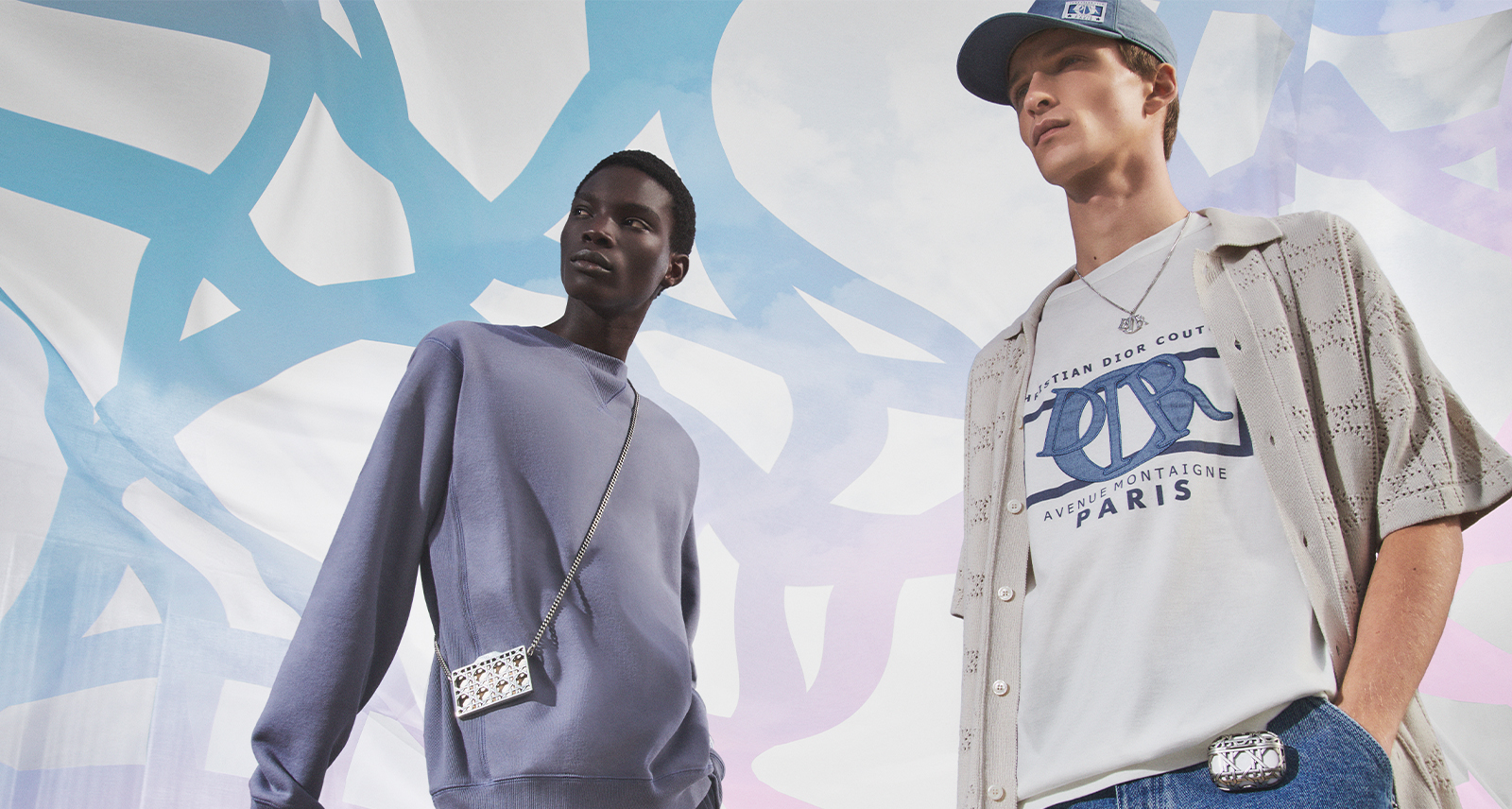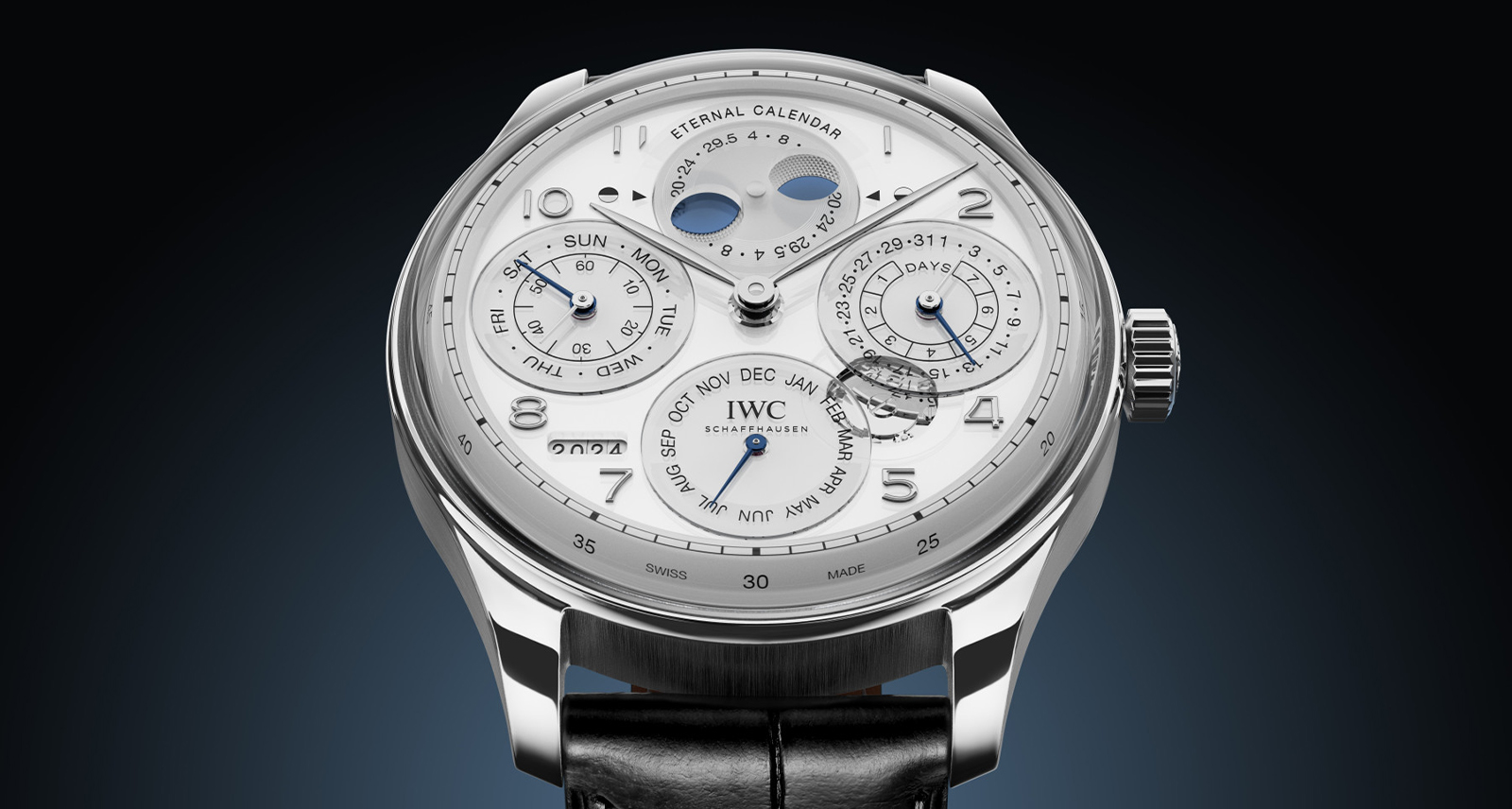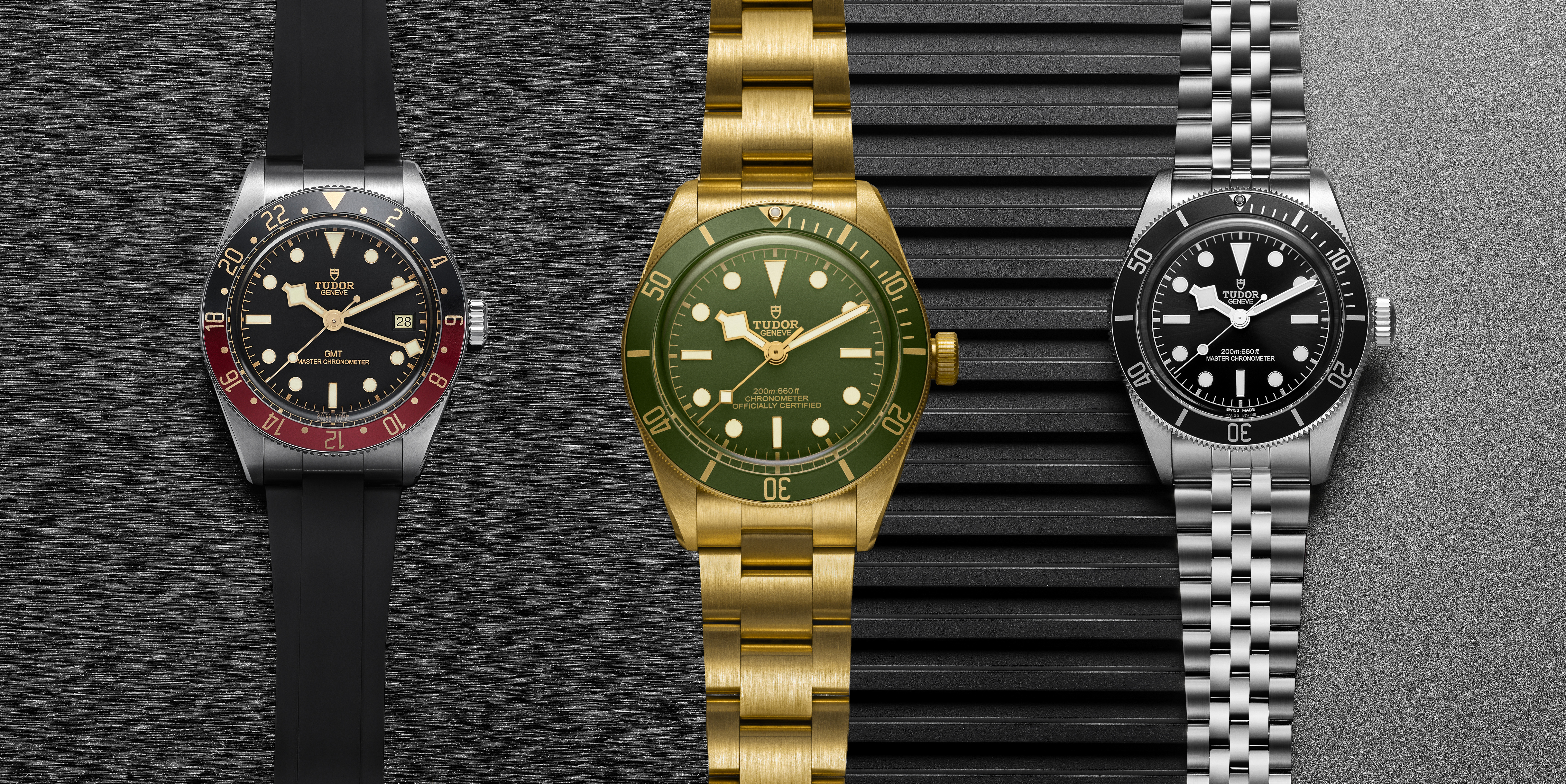The Year in Music: Dr. Dre, Adele and the Jams that Mattered in 2015
All week long, Sharp’s editors will be wrapping up 2015 by celebrating the very best of virtually everything that passed through our filters this year: the movies and shows we watched, the clothes we wore, the music we listened to and the gear we used.
Here, we look back at the songs, albums and artists that defined 2015.
Grimes – Art Angels
“Montreal” is the only proper noun in the lyrics to “Artangels,” the title track of Canadian singer/songwriter/producer Grimes’s excellent fourth album. And while the song can certainly be read as a love letter to the city where Grimes, a.k.a. Claire Boucher, was born (artistically), such a specific interpretation undermines the great achievement here: how a series of generic “ooh ooh”s and “don’t break my heart”s can, when perfectly conceived, performed, and produced, feel universal, and almost profound.
That’s true of most great pop music — from “I Want to Hold Your Hand” to “Wonderwall” — and applies to almost every track on Art Angels, which sees Grimes inching toward mainstream accessibility without losing any of the boldness that first made her a star among the Pitchfork set. Pop is fickle, and it’s too early to tell which, if any, of these songs will endure. All I know is that after months of heavy listening, the 90-second build to the chorus of “Artangels” — “I think I love you” — still gives me chills and makes me want to dance at the same time, every time.
— Tim Kennedy
Dr. Dre — Compton
Back in Grade 9, 2001 was my jam. Dr. Dre’s era-defining sophomore record had everything a suburban high school kid could want in a rap record: hypnotic G-funk beats, West Coast gangsta braggadocio, immaculate mixing and mastering, Eminem, and words your mother wouldn’t approve of. But really, if you had the slightest interest in hip-hop circa 1999, 2001 was your jam too. It was A5 Wagyu; everything else on the radio — Nelly, Ja Rule, Swollen Members, etc. — was two-dollar chuck. The world anticipated Detox, Dre’s much-hyped follow-up, with slavering hunger.
Only Detox never came. We waited 16 years — long enough for Dre to make a killing selling headphones, and for the rap game to change completely — only to find out he’d scrapped the subpar project. What we got instead, however, was Compton, an album nobody expected from a 50-year-old who’s spent more time in boardrooms than behind the boards lately. Simultaneously of-the-moment and ahead of its time, Compton does away with Dre’s stripped-down funk, replacing it with densely-packed, defiantly weird music that spirals off into more ambitious directions. “Talk About It” fuses today’s trap drums with marching band horns and glitchy snares; the countless clanking, hydraulic parts of “Genocide” coalesce into one fearsome roar; “One Shot Kill” turns an obscure Italian funk sample into an explosive rap-rock anthem featuring Snoop Dogg at his most rabid. Dre himself sounds more limber, melodic, and conscious than ever — the guns and weed eschewed for rhymes about police brutality (“Animals”), the Comptonian struggle (“Just Another Day”) and his own ascent (“Talking to My Diary”).
And yet, Compton also feels so quintessentially Dre. He still summons the best out of other rappers: his past protégé Eminem spits his most devastating verse in years (“Medicine Man”), while his present understudy Kendrick Lamar delivers three flows arguably more lethal than anything on To Pimp a Butterfly. All the while, Dre slathers the songs in his signature sheen: cinematic sequencing, cushy midranges, crystal clear vocals, unparalleled pop sensibilities, and colossal, speaker-popping bottom end. I’ve been listening to this record the same way I used to enjoy Dre as a teenager: in a car, with the windows down and the stereo blaring. And I do so without shame, because I recognize this music for what it is: A5 Wagyu. The good stuff.
— Alex Nino Gheciu
Ryan Adams – 1989
What is it about folky covers of pop songs that almost guarantee they’ll speak directly to my white male heart? Back when Travis was a going concern (remember those days? When the biggest knock against Coldplay was that they were an off-brand Travis? Poor Travis) they did a live cover of Britney Spears’ “…Baby One More Time,” that justified the existence of Napster for me. Then, a few years later, Obadiah Parker had a slow, sad cover of Outkast’s “Hey Ya,” that somehow overshadowed the original (which was likely because I missed when the original hit — it came at a time when I wasn’t listening to any music other than hymns). This year, Ryan Adams — patron saint of sad white dudes — did an entire cover album of Taylor Swift’s 1989. And it is wonderful.
Yes, I realize that my affection for these covers can, in certain light, be viewed as problematic. In all these examples, I’m praising the white dudes who reinterpreted the works of either women or black men. That’s not great. But, I don’t think it’s that I was unable to connect with the original artists for some socio-political reason. I think pop music has always been about interpretation and performance, and so Ryan Adams taking on Swift’s entire album isn’t about appropriation. Surprisingly, since the album is so earnest — both in form (because of Adams) and content (because of Swift), it’s about respect between songwriters. At least partially.
Mostly it’s about the universality of themes. And, for whatever reason, when a song gets stripped down to it’s acoustic core, those themes seem to resonate more — the emotions behind the lyrics stand out. It’s why covers can also feel manipulative. It can be a lazy way of adding gravitas. But that’s not what happens on 1989. Instead, you get a glimpse of how sad much of Taylor Swift’s album really is (and, to be clear, the original album was great!), instead of how fun it was. And isn’t making fun things sad kind of the reason folk rock exists?
— Greg Hudson
Drake — “Back to Back”
Drake was inescapable in 2015. He released two full-length projects: If You’re Reading This It’s Too Late, which became the first album of the year to go platinum; and What A Time To Be Alive, a collaborative mixtape with Atlantan trapper Future. He dated Serena Williams as she nearly completed a calendar year Grand Slam at Wimbledon. He opened a restaurant in Toronto with celebrity chef Susur Lee, and a flagship store in L.A. for his October’s Very Own clothing line. And, of course, he broke the internet by dancing like a drunk uncle at a Bar Mitzvah in his ‘Hotline Bling’ video.
But it was in mid-July, after getting accused of using a ghostwriter by Philly rapper Meek Mill via Twitter, that the 6 God delivered his most indelible moment of the year. “Back to Back,” Drake’s second response track, is a triumphant, eviscerating banger loaded with memorable lines (“Is that a world tour or your girl’s tour?”) and a beat ready-made to be blasted out of car windows. Not only did it effectively end Meek’s career, but it debuted on the Billboard Hot 100 at a respectable #21 and became the first diss song ever to be nominated for a Grammy. You come at the king, you best not miss.
— Yang-Yi Goh
Dilly Dally — Sore
Everything good and angsty happened in the late ‘80s. That’s what a lot of greying beards will tell you. They’ll shuffle through their Jansport, pull out a copy of The Pixies’ Doolittle and force you to listen while castigating Nevermind as nothing but a bad knock-off. Thankfully, Toronto’s Dilly Dally have crafted the perfect rebuttal in the form of their debut album Sore. Grounded in lead singer Katie Monks’ timeless yowl, it’s a razor sharp, distortion-heavy romp that’ll shut those useless traps for good.
— Evan Sue-Ping
Carly Rae Jepson — “Run Away with Me”
This year, the song of the summer didn’t become fully clear until around November. For a long time, it just didn’t seem like there was a worthy contender — not The Weeknd, not Bruno Mars, not even Taylor Swift. No, it was a quiet summer, and a slow burn when, months into autumn, we finally woke up and realized we were still in love with Carly Rae Jepson all these years later. And not for the obvious first single, “I Really Like You,” an apt teenybop sequel to “Call Me Maybe” (you know the one, with the infectious viral video featuring an ebullient dad-dancing Tom Hanks). We loved her for what she brought next. “Run Away with Me” is a glorious four minutes of pop perfection: part nostalgia (that sax riff!), part seduction (those coy lyrics!), all party (that pillow fight!). It’s a song that celebrates just how fun life can be, over and over again. Turns out, in 2015, we needed that.
— Peter Saltsman
Kendrick Lamar – To Pimp a Butterfly
When Kendrick Lamar dropped To Pimp a Butterfly in March, the conversation surrounding it quickly turned to the album’s perceived “difficulty.” It reminded me of the rush to label the 2013 movie 12 Years a Slave (referenced on Butterfly) as “tough” and “disturbing”—though I imagine not as tough or disturbing as, you know, actually being a slave.
If Butterfly is difficult, so is being black in 21st-century America, a subject Lamar is tackling here more directly than in his 2012 breakthrough, Good Kid, M.A.A.D. City. Where that album (brilliantly) played with established West Coast gangsta tropes, Butterfly is fiercely contemporary, almost a soundtrack to the Black Lives Matter movement that did so much to define 2015—not to mention the institutional violence that makes such a movement necessary, still.
Also? The album’s not that fucking difficult. No, there’s no “Backseat Freestyle” or “Poetic Justice” here, but there’s a sustained groove to many of these tracks that would make Prince proud, whether angry (“King Kunta”) or even, occasionally, sexy (“These Walls”). If you like hip-hop, it’s just plain pleasant to listen to, regardless of whether you choose to parse the admittedly dense lyrics. If loving Kendrick Lamar is homework, we are some lucky-ass students.
— Tim Kennedy
Adele – “When We Were Young”
Give Adele a phone book, and she’ll sing it to you until you weep. Thankfully, the Londoner’s transcendent voice was put to much better use on 25, her long-awaited third album. The record’s first single, “Hello,” topped the charts for weeks, inspired an unforgettable SNL sketch and is probably still lodged in your head right now. But we’re willing to bet that its follow-up, “When We Were Young,” is the song you’ll still be listening to a decade or two down the road. A hauntingly beautiful ode to lost love and years long past, it sets the 27-year-old’s soaring tones loose amid a backdrop of tinkling pianos and Edge-esque guitar reverb. At once uplifting and heart-wrenching, it’s the kind of ballad guaranteed to incite goosebumps that won’t disappear for hours.
— Bianca Teixeira
Courtney Barnett — Sometimes I Sit And Think and Sometimes I Just Sit
Just how good is Sometimes I Sit and Think and Sometimes I Just Sit, the debut album from Melbourne-bred singer/songwriter Courtney Barnett? Good enough to force me — a person with a noted, lifelong anti-Australian prejudice — to rethink my entire bias against the Land Down Under.
Playful, self-deprecating and packed to the hilt with billowing beach-ready vibes, it’s a ready-made soundtrack for days spent drinking on sunny patios or late nights at the cottage staring up at the stars.
— Colin Rabyniuk
